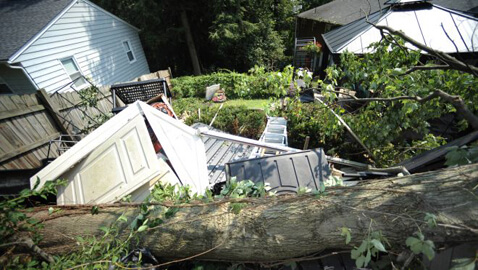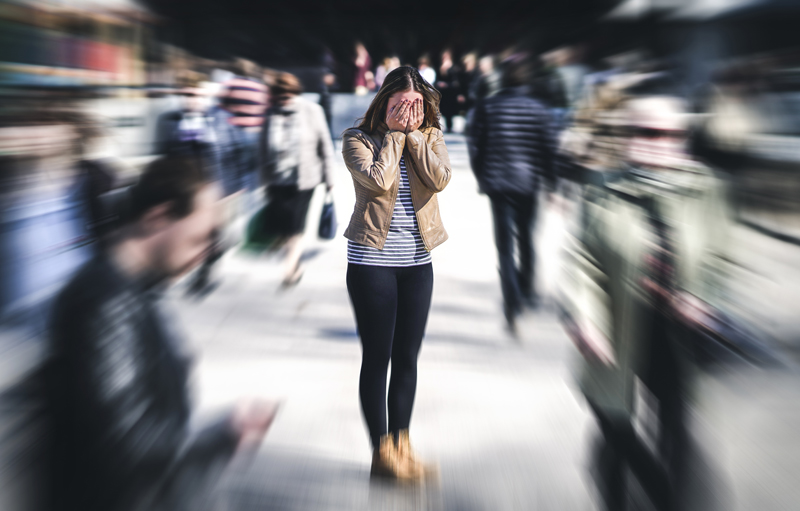
Officials have confirmed that it could take several days for all the power outages within Washington DC and other affected areas to be restored. Worst, the National Weather Service, has forecast that the possibility of another round of storms late Sunday and early Monday could not be ruled out.
Temperatures in the area were hitting all-time highs, making prospects of oppressively hot homes, spoilt food and commuting in dangerous conditions, an unavoidable certainty. “If we don’t get power tonight, we’ll have to throw everything away,” Susan Fritz, a mother of three, said.
Surveying the massive destruction the storm brought in its wake, Maryland Gov. Martin O’Malley said, “Unlike a polite hurricane that gives you three days of warning, this storm gave us all the impact of a hurricane without any of the warning of a hurricane.”
The storm has already claimed 17 lives. Most of the deaths were from trees falling onto cars and houses. The toll is expected to mount further. 3 people were killed on Sunday, in eastern North Carolina. Another man who went missing early Saturday, off Maryland, could not be located as Coast Guards suspended search operations. Another death, added to the death toll, when a traffic death on Friday was found to be owing to the storm.
David Glenn of the National Weather Service said that in Pitt County near Greenville, a man was killed when his shed fell on him, while he was trying to put his golf cart inside.
However, a majority of the deaths were from falling trees. 6 people were killed in Virginia, including a 90 year old woman who was sleeping when a tree crashed into her house. Two young cousins met an untimely death, whilst camping, when a tree crashed onto their tent. The deaths occurred in Maryland, Ohio, Kentucky and in Washington.
More than 200 passengers in West Virginia, who were stranded when collapsed tress blocked the tracks of the train they were travelling in, where taken away in buses.
Brooke Richart, 26, a teacher from New York was one of the train passengers. She said that she was stranded for 20 hours and spent her time reading a book and taking walks outside the train. She said that the train had light and air-conditioning and the food did not run out.
‘Thankfully we could go in and out of the train because we were there so long. If you wanted to stretch your legs or take a walk, you could,’ she said.
Cellphone and Internet service was hampered considerably and was at best intermittent. Gas stations were shut down and the people were asked not to waste water and to conserve it as much as possible.
Even foremost online services also saw delay and disturbance. Netflix, Instagram and Pinterest were forced to use Twitter and Facebook to update their users, when their servers went for elongated periods. However, Netflix and Pinterest restored service by Saturday afternoon.
Rescue officials said that they were focused on the most defenseless residents, the children, the unwell and the aged. Many people, to escape the searing heat sought refuge in shopping malls, movie theaters and other places where the air conditioning would be strong. Some cities gave residents free admission to swimming pools.
The National Weather Service, advised people to stay away from direct sunlight, warning that,”It is very unsafe outdoors for those susceptible to these extreme conditions.” It further said that the high temperatures could cause heat exhaustion and heat stroke. The Service advised people to drink lots of fluids and to stay in air-conditioned rooms.






































